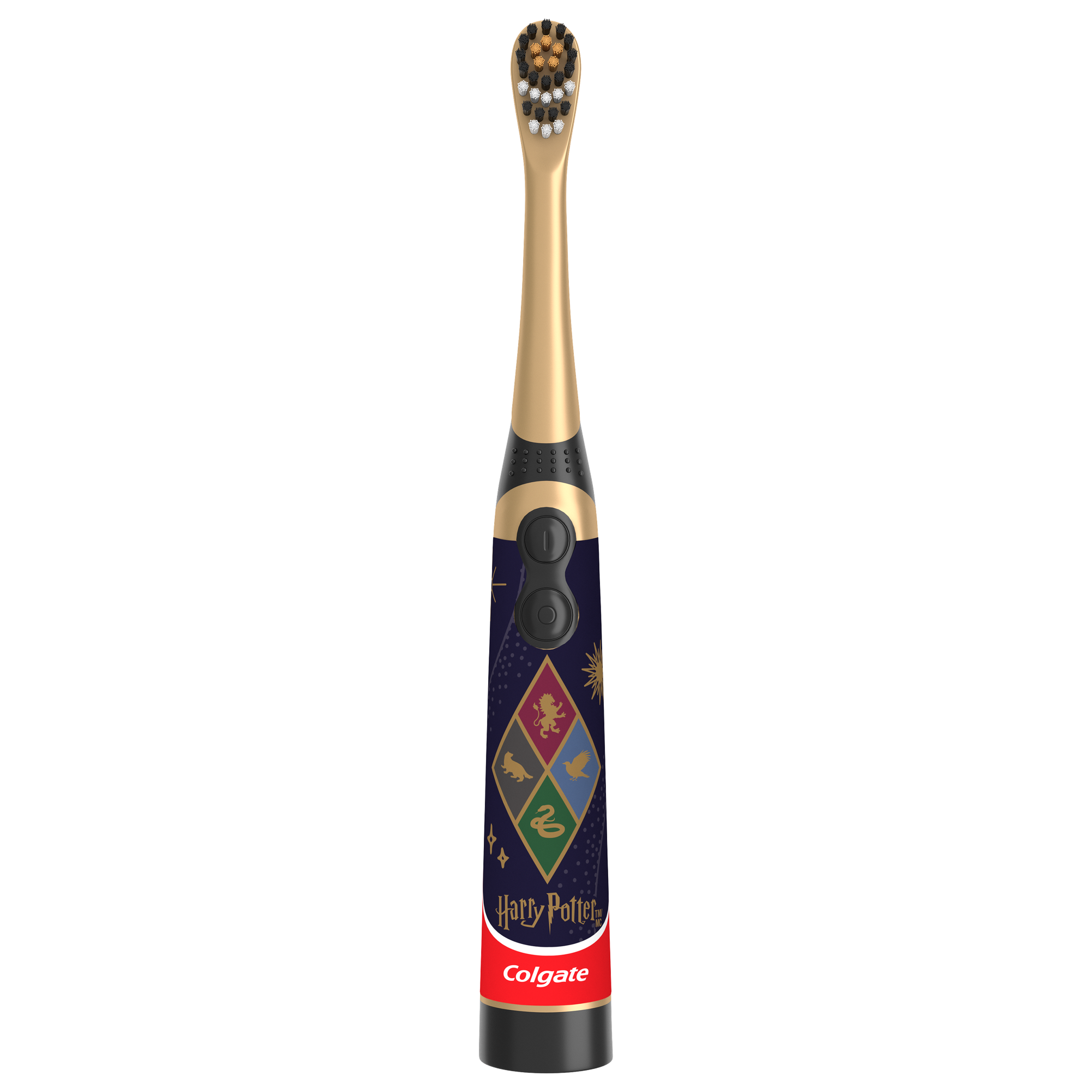When Will My Baby Start to Teethe?
When should you be on the lookout for those first beautiful little chompers? Typically, the first tooth makes its appearance at around six months, although it may be as early as three months and as late as one year.
First, it's the front incisors, then the first molars, followed by the canines, with the back molars coming in last. The process typically concludes at around three years old. As there are 20 total teeth to keep track of, many parents find a baby teething chart quite handy.
Symptoms of Teething
Every child is different and will thus experience different teething symptoms. While they could be one of the lucky ones who feel little pain and discomfort, you should be prepared for red, swollen, and sore gums. Some other signs are:
- Fussiness.
- Trouble sleeping.
- Irritability.
- Loss of appetite.
- Excessive drooling.
These are very common and can be treated with a little love and parental sense. However, if your child experiences vomiting, diarrhea, or a high fever, contact your pediatrician immediately as these are not teething symptoms.
Top Teething Remedies
While your child may be enduring quite a few teething symptoms, there several teething remedies that counteract and relieve pain and discomfort, including:
1. Massage. Gently massage the gums with clean fingers or chilled, wet gauze. The cool temperature and light pressure can be very soothing for tender, inflamed gums.
2. Over-the-counter pain relievers. Choose an option specifically designed for babies, but steer clear of teething gels that contain benzocaine. As we explain below, this ingredient is not safe for babies under two. Ask your pediatrician for a recommendation instead.
3. Cold spoon. Put a spoon in the refrigerator for a little while and then try pressing it gently on your baby’s gums. Don’t let the baby hold the spoon, though, as they can hurt their throat.
4. Cold washcloth. Chill a wet washcloth in the fridge and then let your baby chew on it to soothe their gums.
5. Teething rings. A chilled rubber teething ring can give your baby the combination of soothing cold temperatures and pressure on the gums.
6. Pacifiers. Dip baby’s pacifier in cold water or chilled chamomile tea. Steer clear of anything sweet, though, as this can feed oral bacteria and lead to cavities in those precious new teeth.
7. Chilled foods. If your baby is old enough, let them chew on chilled, crunchy foods like carrot sticks or apple slices.
Again, every baby is unique, so you may have to mix and match to find the best combination of remedies that works for your little one.
Teething Remedies to Avoid
Keep in mind that while there are useful remedies like the above to help soothe teething's painful effects, there are also risky teething remedies that are not recommended by the American Academy of Pediatrics. They include:
- Teething necklaces or bracelets. While popular, the beads can pose a serious choking hazard if the string of the necklace or bracelet breaks.
- Teething gels with benzocaine. This ingredient works by numbing your baby’s mouth. While that can help with teething pain, the Food and Drug Administration warns that benzocaine can have serious side effects in under-twos, such as life-threatening blood disorders.
- Frozen teething rings. If you use liquid-filled teething rings, chill them in the refrigerator rather than the freezer. Frozen items can be too hard and cold for your baby, making their pain worse.
Now that you know what to look for and what you should (and shouldn't) do, you’re well-equipped to help your baby through the teething stage. Remember – it doesn’t last forever, and it’ll all be worth it when you see that precious toothy smile for the first time!
Oral Care Center articles are reviewed by an oral health medical professional. This information is for educational purposes only. This content is not intended to be a substitute for professional medical advice, diagnosis or treatment. Always seek the advice of your dentist, physician or other qualified healthcare provider.
ORAL HEALTH QUIZ
What's behind your smile?
Take our Oral Health assessment to get the most from your oral care routine
ORAL HEALTH QUIZ
What's behind your smile?
Take our Oral Health assessment to get the most from your oral care routine















